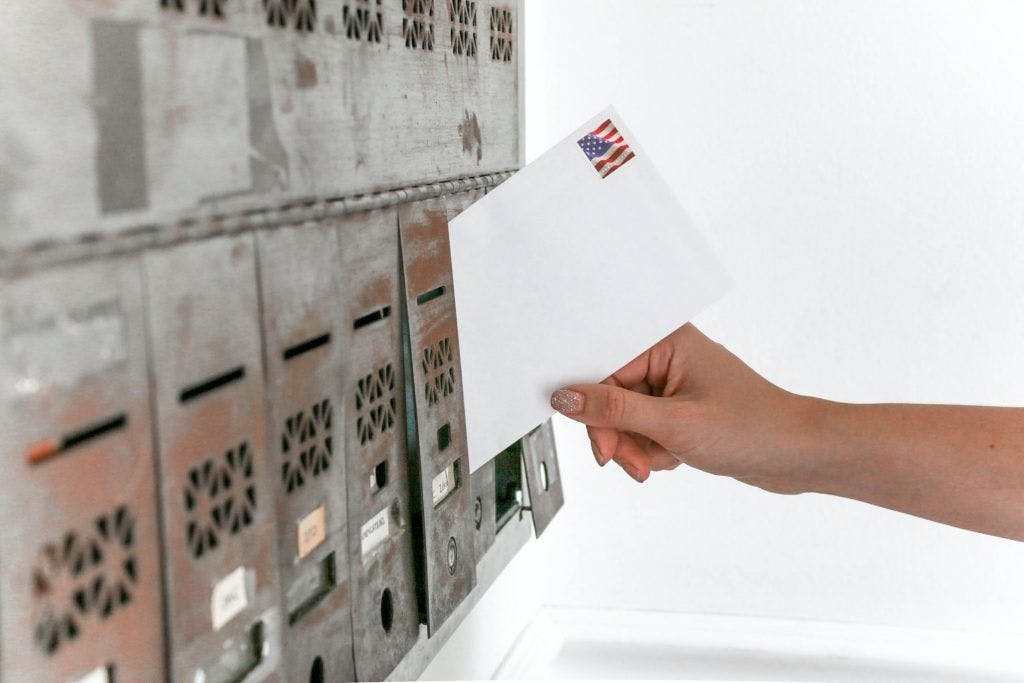
This Lincoln Policy Paper, co-authored by policy analyst Alexiaa Jordan and chief technologist Sean Roberts, provides a technical and policy analysis of absentee voting and vote by mail. Its purpose is to inform the current national debate with an accurate understanding of how vote by mail works and a fair analysis of the benefits and risks of voting by mail. Click here to download a PDF version.
Key Takeaways
Absentee Voting Has Been Overly Politicized
This report argues that while the scope and scale of voter fraud have been overplayed by some policymakers, there are still serious implementation and integrity challenges for expanding absentee voting options going into the 2020 Election. Effective and secure implementation of new voting systems will require policymakers and election officials to move quickly to evaluate and implement best practices, and to mitigate risks.
Election Officials Should Expand Access to Absentee Balloting, While Taking Steps to Mitigate New Risks
The U.S. election system includes more than 3,100 counties, 116,000 polling places, 900,000 polling workers, and 150 million registered voters. Modifying these complex systems is no easy feat in the best of times, and doing so on short notice during a global pandemic is even more challenging. Expanding access to absentee voting is a challenge we must meet. However, this must be done while also addressing security, integrity, and implementation challenges.
Implement Ballot Tracking Measures. States and local governments should improve voter confidence in absentee balloting by providing voters a way to track their absentee ballot and a receipt to prove that an absentee ballot was received and counted
Keep In-Person Voting Open. State and local governments should maintain and improve in-person voting options and ensure that all voters, particularly individuals with disabilities, can vote independently and privately while addressing the practical challenges of in-person voting during the COVID-19 pandemic.
State and Local Governments Should Utilize Available Federal Funding to Secure Their Election. States and local governments should use previously authorized and appropriated federal funding (and other available federal resources) to administer and secure the 2020 election and report back to Congress on unmet needs.
Maintain Trustworthy Voter Rolls. States should reduce the chances of ballot harvesting and wrongly mailed ballots by updating their voter rolls.
Ensure Inclusive Voter Identification Measures. States should improve voter identification measures by modernizing signature verifications and other biometric identifiers.